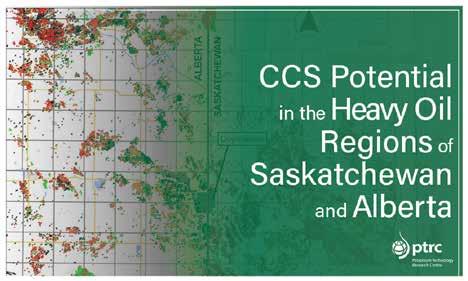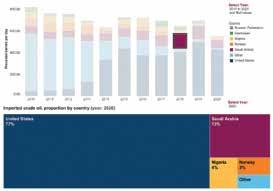Carbon reporting: Coming soon to the supply chain BY ERIC ANDERSON
Saskatchewan Minister of Energy and Resources Bronwyn Eyre addresses the Saskatchewan oil and gas supply chain.
T
he drive to sustainability and ESG reporting will be arriving in our supply chain soon. It is a parade we can either be in front of, within, behind or under – and being in front of it is more profitable. Simply put, sustainability is a broad term for any company’s efforts to “do better.” A more focused report is environmental, social and governance, or “ESG”, as it spotlights three specific pillars that are crucial to today’s business managers and investors. However, sustainability and ESG are sometimes used interchangeably. The big new piece to many of us is these reports include carbon reduc32 Saskatchewan Oil Report 2021
tion or “net zero” initiatives and climate change. In my role as executive director of the Saskatchewan Industrial and Mining Suppliers Association (SIMSA), I have had numerous conversations with resource-sector owner-company executives about net zero or carbon reporting being required of the supply chain in the near future. For more public proof, in a Feb. 2, 2021 news item from Bloomberg, it was reported that “Looking toward other 2021 goals, Nutrien is releasing a ‘comprehensive’ environmental, social and governance plan in May that highlights a push into sustainability,
Magro said. The plan will also include an idea of how much capital is needed for its goals.” Read more at bloomberg.com/news/articles/2021-02-18/ nutrien-eyes-potash-sales-in-regions-where-prices-are-strongest. In the JWN story (jwnenergy.com/ article/2021/2/3/esg-becoming-integrated-into-oil-and-gas-supply-ch), it is revealed that “Bringing the supply chain on board is key to oil and gas operators meeting their ESG goals, as their service and supply partners are in the field doing the physical work and interacting with local communities.” This broad initiative is heavily driven









